I don’t understand it when someone tells me they “don’t watch kids movies.” The best works of Disney, Pixar, The Muppets, etc are great pieces of filmmaking plain and simple .This is not to say, however, that there aren’t genuine “kids movies.” As a young child I loved The Land Before Time series; parts II, III, IV and V in particular. For nostalgia’s sake I recently re-watched Parts II and III, and the childishness of them was quite apparent.
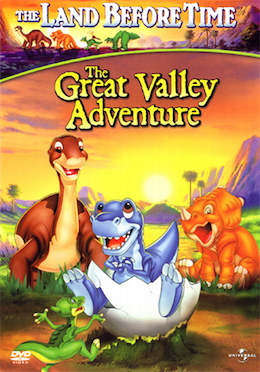
For those unfamiliar, The Land Before Time is a series of cartoon films (and later a TV show) about the adventures of five young dinosaurs. The series started with a standalone film. Directed by Don Bluth and produced by Stephen Spielberg, the film was an ambitious and melancholy project and has earned its place as a classic of animated cinema. The original filmmaking team, however, played no role in the development of the subsequent 13 sequels and tv show. And the difference in vision is readily apparent.
The original Land Before Time is a coming of age story. It puts its protagonist through a life changing tragedy and forces him and his friends to brave overwhelming terrors as they cross a dreary landscape. The sequels, by contrast, are not centred around vast physical or mental journeys. They aren’t without their scary moments, but the events they depict are not as formative or terrifying as the original trek.
In The Land Before Time II, for instance, the characters must retrieve an egg from a pair of thieving struthiomimuses and then try to raise a baby dinosaur. In The Land Before Time III the protagonists deal with bullies, and the bickering of their parents, as their herds are faced with the prospect of a drought.
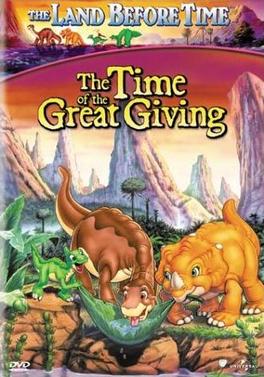
The initial Land Before Time film both does and doesn’t have a villain. The young dinosaurs have regular run ins with a t-rex. Because the dinosaurs is much bigger than them, and is a carnivore, it is not anthopomorphized like the other characters. It thus doesn’t get to be evil, so much as a terrifying force of nature. This stands in contrast to parts II and III. In part II, the villains are a classic schemer-and-dope duo, whose sole fixation is eating eggs. In part III, the “villains” are a group of teenager dinosaurs who bully the protagonists.
A final key difference between the original film and its sequels is the most obvious. The sequels are musicals, the original is not. The combination of the sequels’ villains and musicality is particularly campy. There’s nothing inherently wrong with singing villains. Disney writer have penned many chilling villain song-liloquies: “Be Prepared,” “Poor Unforuntate Souls,” and “Hell Fire.” The Land Before Time’s equivalents, even by comparison, are wonderfully childish. The latters’ villains sing lines like: “When I wake up first thing I do…look around for something to chew “Eggs-actly””, and “When you’re big you can step on little people’s toes, munch on their lunch, bop them on the nose.”
To be clear, I don’t mind the kitsch of those songs. In fact, I’ve had the tune to “When You’re Big” stuck in my head since I previously saw the movie, about 21 years ago. Overall, however, the childishness of the Land Before Time sequels does come at the expense of their enjoyability for older viewers. The dramatic tension of The Land Before Time III is severely limited by the fact that its antagonists are not vicious hunters, just teenagers intent on saying mean (and inevitably PG) things.
Animated sequels are often assumed to be bad. In the case of Disney, this is because many of these sequels were not intended for theatrical release, and as such, left narratively and visually underdeveloped (I remember the frustration of my Dad accidentally renting Hercules II for us; Instead of a comedic, Greek epic, we got Disney characters blandly looking through an ancient-high school yearbook). A superficial observer might make a similar comment about The Land Before Time’s direct to video sequels. Such an observation, however, would miss the far more fascinating development at play here.
The (original) Land Before Time may be a kids movie, but it’s one filled with misery. As a kid, I found it unsettling. As a 26-year-old, however, I fell in love with it. I loved that it was a coming of age story about a character who did not man up and change his personality (like Simba and Bambi), but instead built on the compassionate strength he had had all along. As a young man who struggles with imposter syndrome and other pains that come from growing up in a neoliberal world, this message proved particularly inspiring. You don’t always have to be the lion king; sometimes its good enough to be a big-hearted brontosaurus, with a few good friends.
The Land Before Time, in short, is not a true kids movie. Rather it is a movie for adults panged with nostalgia for their childhoods. The sequels, meanwhile, deliver, where the original film cannot. Where the original film is dreary, the sequels are colorful, and sparkling with music. Where the original film deals with the issue of “coming of age” over an extended period of time, the sequels deal with little episodes of kids getting into trouble. And whereas the original film’s villain is an ominous, apersonal predator (a stand in for death in all its forms), the sequels play to schoolyard dynamics, presenting villains whose pettiness may better resemble the ordinary “evil” kids see in their day to day lives.
Movie reviews are written by adults. What it means for movies to be great is determined by adults. Needless to say there’s a flaw with such a set up. The Land Before Time is a great movie, with sequels that do not match is greatness. But does that make them, yet another example of bad, uninspired sequels? No, they are classics in their own, albeit childish way. So next time your child asks to watch one, don’t roll your eyes like Daddy Topps. Instead, be like Ducky and say “yup, yup, yup,” to their request for a great valley adventure.
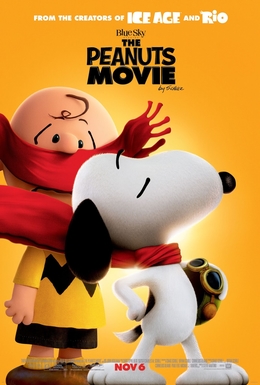 When I first saw trailers for the recent(ish) Peanuts movie done in CGI, fears of money grabbery stuck my brain. The Peanuts comics have always had a unique air to them: existentialist, verbose and melancholy, yet all the while, fun and kid-friendly. As it turns out the movie (Co-written by Charles Schultz’s sons and grandson) captures that original spirit to a tee. If one were to call the film a money grab, it would have to on the grounds that it is too loyal to its source material: a nostalgia trap if it will. I would argue, however, that The Peanuts Movie constitutes the next step in a slow-moving evolution of the characters: a pace that ensures that each adaptation sticks to its predecessor’s spirit.
When I first saw trailers for the recent(ish) Peanuts movie done in CGI, fears of money grabbery stuck my brain. The Peanuts comics have always had a unique air to them: existentialist, verbose and melancholy, yet all the while, fun and kid-friendly. As it turns out the movie (Co-written by Charles Schultz’s sons and grandson) captures that original spirit to a tee. If one were to call the film a money grab, it would have to on the grounds that it is too loyal to its source material: a nostalgia trap if it will. I would argue, however, that The Peanuts Movie constitutes the next step in a slow-moving evolution of the characters: a pace that ensures that each adaptation sticks to its predecessor’s spirit.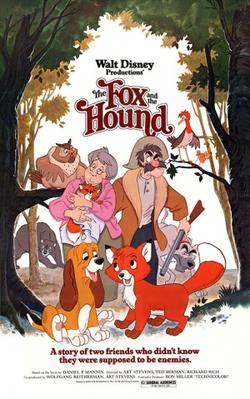 I recently wrote of my lifelong affection for
I recently wrote of my lifelong affection for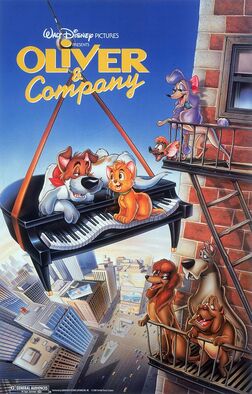 Despite being a recurring part of my childhood, Oliver and Company has not exactly become one of the Disney Classics. The film, which takes the story of Dickens’ Oliver Twist and makes it about a cat and some dogs living in contemporary (1980s) New York City, came out a year before Disney’s renaissance period started: a year before The Little Mermaid, etc. Rewatching the film as an adult, I was able to appreciate the ways in which it didn’t quite work, but also saw the inspiration it instilled in me as a child.
Despite being a recurring part of my childhood, Oliver and Company has not exactly become one of the Disney Classics. The film, which takes the story of Dickens’ Oliver Twist and makes it about a cat and some dogs living in contemporary (1980s) New York City, came out a year before Disney’s renaissance period started: a year before The Little Mermaid, etc. Rewatching the film as an adult, I was able to appreciate the ways in which it didn’t quite work, but also saw the inspiration it instilled in me as a child.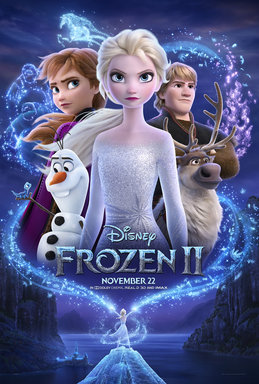 Again, I watched an animated sequel and again, I must answer the question, was it justified? The answer is a resounding yes. Frozen II may be Disney’s most visually mesmerizing film to date, a claim I don’t make lightly, given my general preference for classically (2-D) animated films. Storywise the film is, let’s just say, “different.” While I, for the most part, was a fan of its differentness, I believe that even those who are not, can at least be brought to respect the work’s uniqueness and vision.
Again, I watched an animated sequel and again, I must answer the question, was it justified? The answer is a resounding yes. Frozen II may be Disney’s most visually mesmerizing film to date, a claim I don’t make lightly, given my general preference for classically (2-D) animated films. Storywise the film is, let’s just say, “different.” While I, for the most part, was a fan of its differentness, I believe that even those who are not, can at least be brought to respect the work’s uniqueness and vision.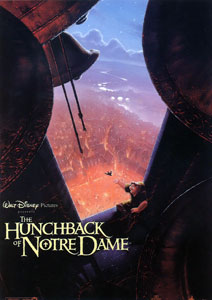 When it comes to relating to films there’s a notable contrast between my childhood and my adulthood. As someone who browses videostores and reads up on movies and movie-culture online, I now systematically try to watch the works of directors, film studios, etc. As a child, by contrast, I would watch what came to me because they were on TV or because my parents decided to rent them. Therefore, it is only in the last few years that I’ve watched a number of important Disney films, feeling its better to know the animation giant’s full cannon, then to simply cling to the memories derived from my parents repeatedly renting me The
When it comes to relating to films there’s a notable contrast between my childhood and my adulthood. As someone who browses videostores and reads up on movies and movie-culture online, I now systematically try to watch the works of directors, film studios, etc. As a child, by contrast, I would watch what came to me because they were on TV or because my parents decided to rent them. Therefore, it is only in the last few years that I’ve watched a number of important Disney films, feeling its better to know the animation giant’s full cannon, then to simply cling to the memories derived from my parents repeatedly renting me The 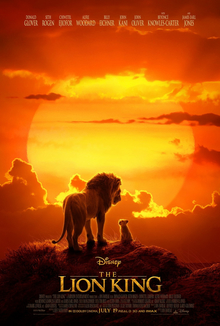 2019’s
2019’s 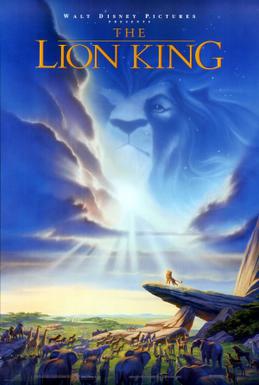 Disney’s The Lion King has parallels with Hamlet. This is not a novel observation, nor is it an outwardly obvious one. I’ve always been aware of this fact because I saw the film’s
Disney’s The Lion King has parallels with Hamlet. This is not a novel observation, nor is it an outwardly obvious one. I’ve always been aware of this fact because I saw the film’s 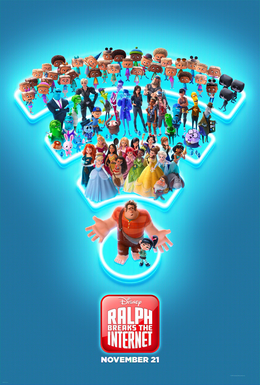 The person I watched
The person I watched 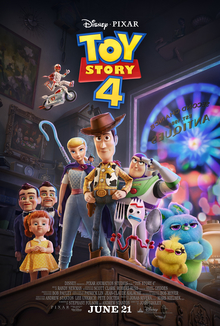 It seems many were anxious going into
It seems many were anxious going into 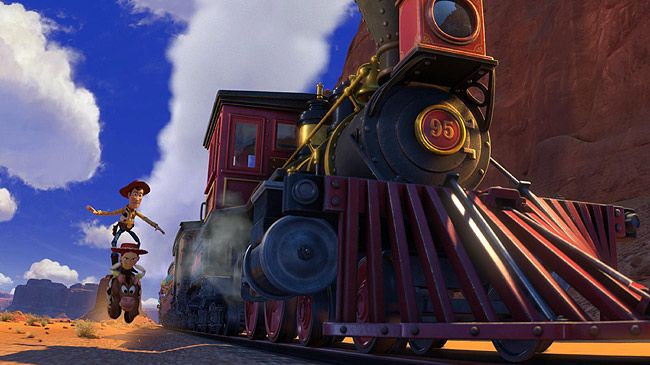
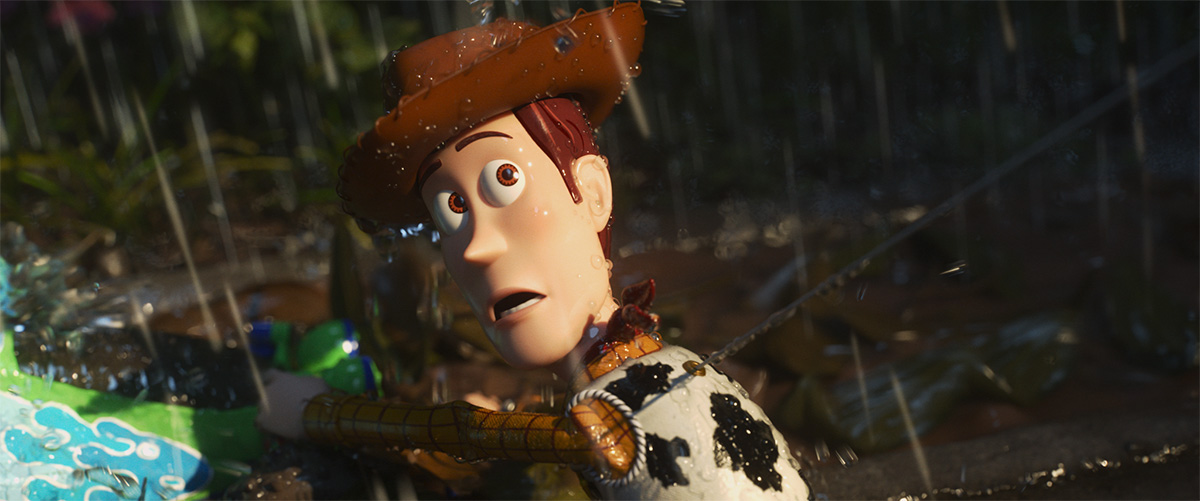
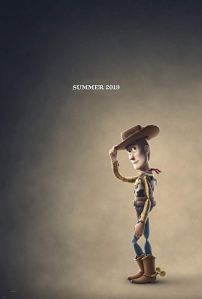 named Forky (Tony Hale). For a brief moment, Forky overlaps Buzz (Tim Allen) as Woody’s co-protagonist. Later, Forky fades a bit into the background, and Buzz is given a burst of comic-heroic glory. For the most part , however, viewers are left to watch as the film’s nonchalantly plain poster (it solely depicts Woody) is brought to life.
named Forky (Tony Hale). For a brief moment, Forky overlaps Buzz (Tim Allen) as Woody’s co-protagonist. Later, Forky fades a bit into the background, and Buzz is given a burst of comic-heroic glory. For the most part , however, viewers are left to watch as the film’s nonchalantly plain poster (it solely depicts Woody) is brought to life.